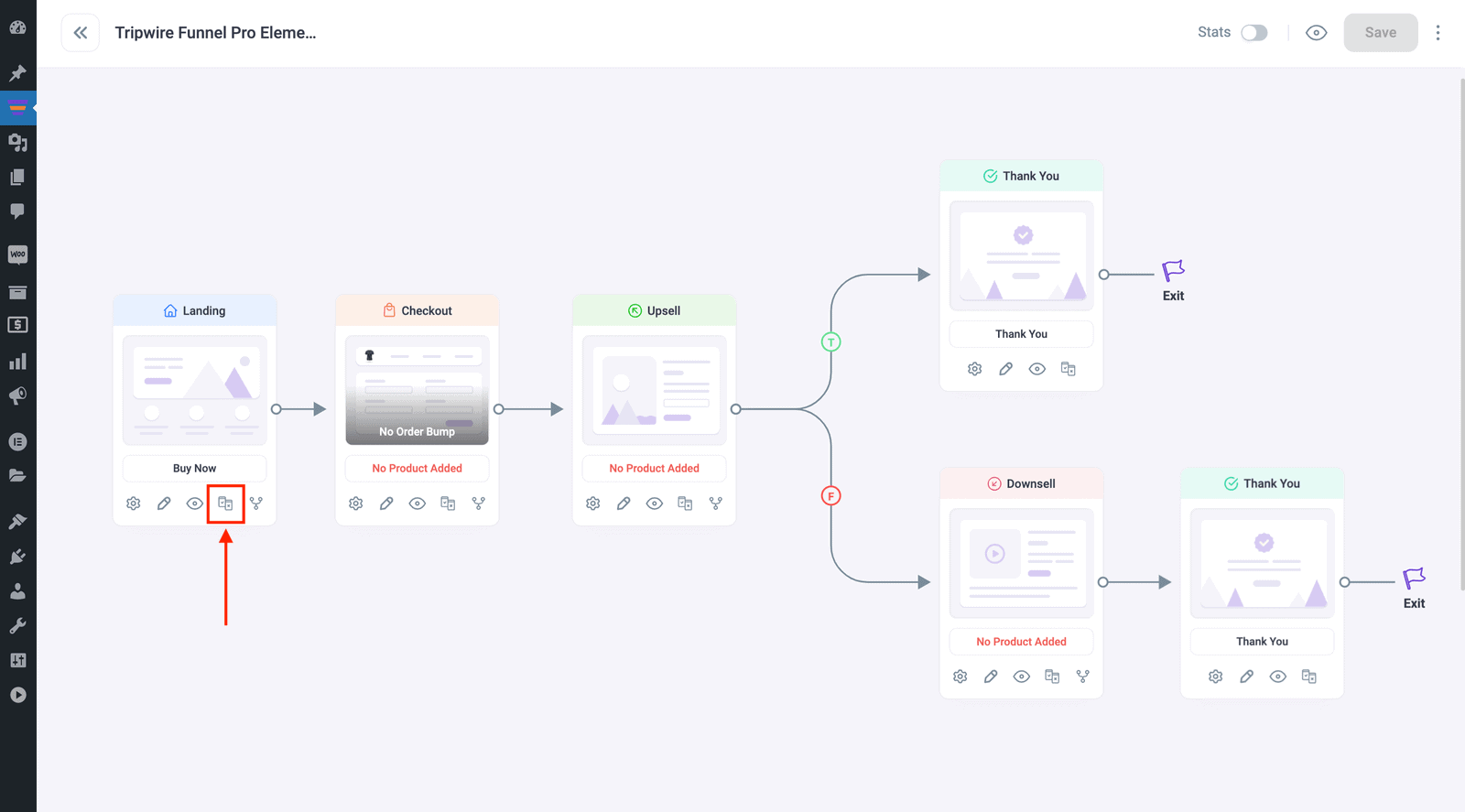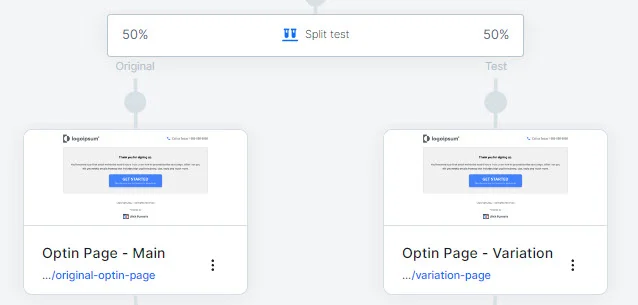Hey man! What if I told you there’s a way to take the guesswork out of optimizing your funnel and boost those conversions? That’s where the magic of A/B testing comes in! By experimenting with different variations, you can identify which elements resonate most with your audience. Implementing funnel mastery strategies for success will not only enhance your understanding of customer behavior but also significantly increase your conversion rates. Embrace the process, and you’ll be on your way to crafting the perfect funnel!
Data-Driven Decisions: Your Secret Weapon to Funnel Optimization
We live in a world overflowing with data, and that data is a gold mine when it comes to understanding your audience and optimizing your funnel. By tracking key metrics during your A/B tests, you can pinpoint the bottlenecks and pain points in your funnel, allowing you to smooth out the customer journey and maximize conversions. Additionally, leveraging insights gained from your data can help tailor your offerings to align more closely with customer needs and preferences. Implementing structured ab testing for funnel optimization not only enhances user experience but also fosters lasting engagement and loyalty. As you refine your approach based on A/B testing results, you’ll likely see a significant uplift in your overall conversion rates.
But hold on, data can be overwhelming! Where do you even begin? Let’s break down the most crucial metrics to keep an eye on:
Metrics that Matter:
- Conversion Rate: This is the big kahuna! It tells you what percentage of visitors take that desired action, like buying your product or signing up for your newsletter.
- Bounce Rate: This shows you how many visitors leave your website without doing anything. A high bounce rate is a red flag that something isn’t grabbing their attention.
- Average Order Value: This metric tracks the average amount spent per purchase. A/B testing can help you find ways to encourage customers to spend a little extra.
- Customer Lifetime Value (CLV): This is a prediction of the total profit you can expect from a customer throughout their entire relationship with your brand.

The A/B Testing Playground: Where the Funnel Begins!
Now that you understand the basics, let’s jump into how A/B testing can work its magic on different stages of your sales funnel.
Stage 1: Awareness—Grabbing Attention and Sparking Interest
The first step is getting your target audience to notice you! A/B testing can help you refine your marketing efforts to maximize reach and engagement.
Test Ideas for the Awareness Stage:
- Headline variations in your ads: Does a bold statement or a question work better?
- Different images or videos: Which visuals are more likely to stop the scroll?
- Call to action tweaks: Does “Learn More” outperform “Get Started”?
Stage 2: Consideration—Helping Potential Customers Evaluate Their Options
Once you’ve piqued their interest, it’s time to provide valuable information and convince them that you’re the solution they’ve been searching for.
Test Ideas for the Consideration Stage:
- Landing page layouts: Is a single-column or a two-column layout more effective?
- Product descriptions: Does highlighting benefits convert better than focusing on features?
- Pricing structure: Should you offer different packages or tiers?
Stage 3: Conversion: Turning Prospects into Paying Customers
This is where the rubber meets the road! A/B testing can help you remove any roadblocks in the checkout process and make it as smooth as possible.
Test Ideas for the Conversion Stage:
- Checkout process steps: Can you streamline the process without sacrificing security?
- Form fields: Are there any unnecessary fields that are scaring people away?
- Payment options: Do you offer enough choices to cater to different preferences?
Stage 4: Retention: Building Loyalty and Keeping Customers Coming Back
Acquiring a new customer is awesome, but keeping them coming back for more is even better! A/B testing can help you identify the best strategies to nurture your relationships and boost customer lifetime value.
Test Ideas for the Retention Stage:
- Email marketing campaigns: What kind of content and frequency resonate most with your audience?
- Loyalty programs: Are the rewards enticing enough to encourage repeat purchases?
- Personalized recommendations: Can you tailor your recommendations based on past purchases?
Stage 5: Advocacy—Turning Happy Customers into Brand Evangelists
The ultimate goal is to have customers so happy they can’t help but spread the word about your brand. A/B testing can help you fine-tune your referral programs and encourage social sharing.
Test ideas for the advocacy stage:
- Referral program incentives: Do cash rewards work better than discounts?
- Social sharing features: Are your share buttons easy to find and use?
- Customer feedback mechanisms: Are you making it easy for customers to share their positive experiences?

Avoiding A/B Testing Pitfalls: Don’t Fall Into These Traps!
A/B testing can be a powerful tool, but it’s important to use it wisely. Here are a few common pitfalls to watch out for:
1. Insufficient Sample Size:
Think of it like baking a cake. You wouldn’t just taste a tiny crumb to decide if it’s good, right? You need a big enough slice to get a true sense of the flavor. The same goes for A/B testing. A small sample size can lead to misleading results.
Tip: Use statistical calculators or consult with experts to determine the appropriate sample size for your test.
2. Testing Too Many Variables at Once:
It’s like trying to juggle too many balls at once. You’re bound to drop something! When you change multiple elements simultaneously, it’s impossible to isolate the impact of each change.
Tip: Focus on testing one variable at a time to get clear and actionable results.
3. Ignoring qualitative feedback:
Numbers are important, but they don’t tell the whole story. Qualitative feedback from your users can provide valuable insights into why certain variations perform better than others.
Tip: Use surveys, user interviews, or heatmaps to gather qualitative data alongside your A/B tests.
4. Overlooking Long-Term Impact:
Don’t just chase short-term wins. Consider the potential long-term consequences of your changes.
Tip: Continuously monitor and analyze your results to ensure that your optimizations are sustainable and don’t have any unintended negative effects.

Conclusion
So there you have it! A/B testing isn’t some complicated sorcery; it’s simply a smart and strategic way to optimize your sales funnel and maximize conversions. By using data to guide your decisions, you can create a seamless customer journey that leads to more sales, more happy customers, and ultimately, more success for your business.
Remember, A/B testing is an ongoing process. The key is to continuously experiment, learn, and adapt your strategies based on the insights you gather. So go forth, my friend, and unlock the power of A/B testing to transform your sales funnel and achieve your business goals!
FAQs
What’s the easiest way to get started with A/B testing? There are tons of A/B testing tools out there, many with user-friendly interfaces. Some popular options include Google Optimize (which integrates seamlessly with Google Analytics), Optimizely, and VWO. Don’t be afraid to start small! Test something simple, like a headline or button text, to get your feet wet.
How long should I run an A/B test? It depends on various factors like your website traffic and the statistical significance you’re aiming for. Generally, it’s recommended to run a test for at least a week or two to account for fluctuations in user behavior throughout the week.
What if my A/B test results are inconclusive? Don’t despair! It happens sometimes. It could mean that the changes you tested weren’t significant enough to make a difference or that other factors are influencing user behavior. Analyze the data, gather feedback, and use the insights to inform your next test. Remember, even a “failed” test is an opportunity to learn and improve.

